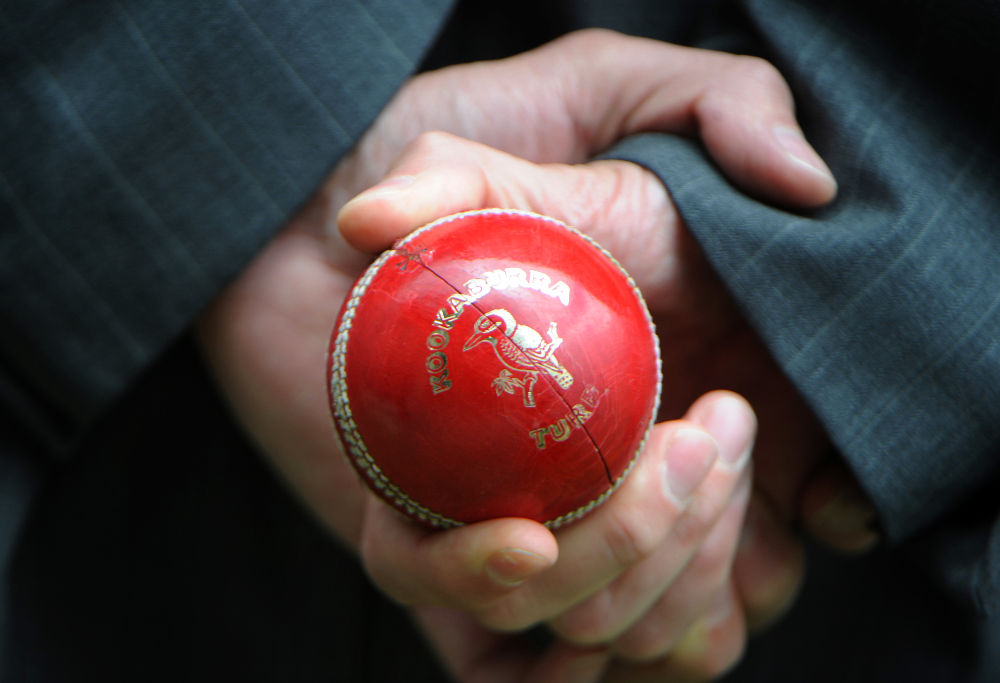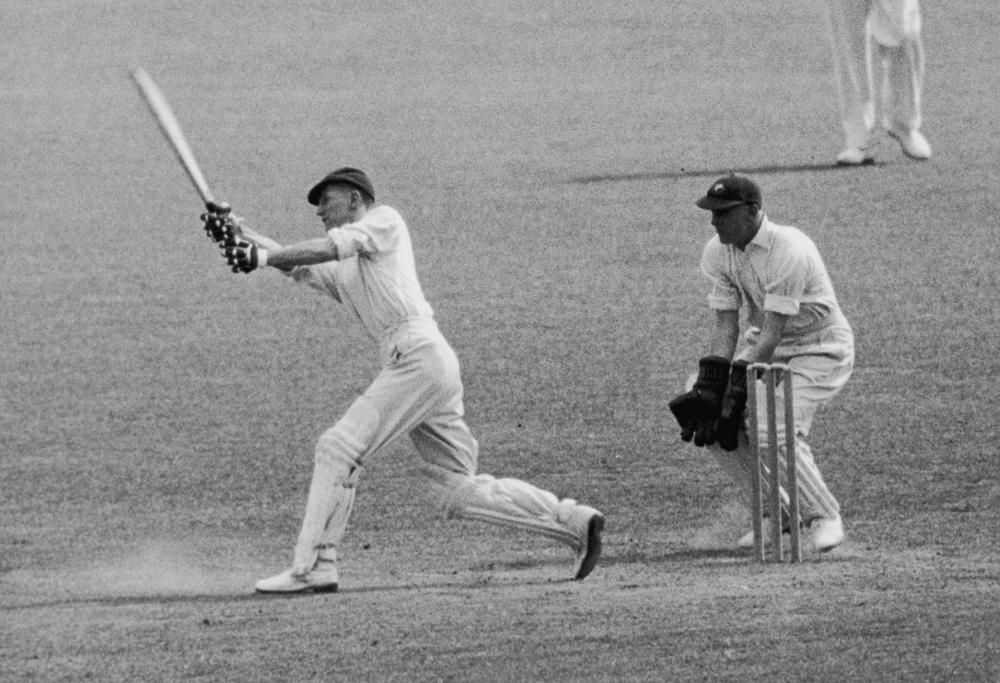The possibiliy of Jofra Archer's career coming to an early end will rob cricket of a bowler with so much talent
While a premature retirement isn’t the solution, he or England want, he may be forced into it if he can’t maintain a long run of matches.

Over the last decade or so cricket in Bangladesh has changed drastically.
Cricket, which in the 1970s was just a seasonal sport mostly played by the elite of the country, has now become a national passion all seasons long. And with some encouraging performances by the Tigers in different formats the game seems destined to grow even further in the country.
Interestingly, my own interest in the game hasn’t exactly gone parallel to the growth of the game here. My interest cricket reached its zenith in the mid 1980s. At that time I followed, international cricket, especially the matches involving our neighbours India, Pakistan and Sri Lanka.
I also had a special liking for the all conquering West Indies side led by Clive Lloyd. Of course, cricket at the time was in the developing stages here, and there was little international cricket of significance.
Bangladesh cricket saw a big transformation following our triumph in the 1997 ICC trophy. Interestingly, my interest in the game was in decline.
A number of factors played its part. Match fixing allegations was a major factor. Also, ODI cricket which revolutionised the game in the 1980s was slowly losing its appeal. There were too many three or four nation events; some of these events lacked proper context.
Around this time satellite channels here started live showing of EPL, which gradually became my biggest interest.
I like to view cricket as my first love. You are 13 or 14, and then you meet this girl, who seems to be an angel coming from the Hans Christian Andersen fairy tale. You meet her some 30 years later, and this time her faults, rather than her charms seem to come to your notice.
In my case, she is 30 kg overweight now. Yet, deep inside your heart you know, she still has enough charms to impress you.
I often feel that modern cricket is slightly overweight. There is plenty of cricket going on; unfortunately a lot lacks substance. Match fixing allegations still remain in the horizon, ball tampering is now a major issue; I often see same scripts being repeated too frequently.
Yet, while my love for the game has diminished, it hasn’t vanished all together. Somehow or other, every now and then I find something in the game which draws my attention. At times, these things can be a bit trivial, but they nevertheless influence me.
Here, in this article, I would like to share a few things which have influenced my love for the game.
While, ordering the events, I haven’t bothered about maintaining chronological orders; nor is there any ordering based on degree of significance. I would just like to share my feelings with the readers.
About six months ago, I bought the book Batting for the Empire A Political Biography of Ranjitsinjhi written by Mario Rodrigues. I have to confess that until now I haven’t managed to read more than twenty pages of the book. Of course, it’s not a fault of the writer. I simply don’t have much interest in the history of the princely politics that took place among the native states prior to the independence of the subcontinent.
Instead, it’s the cover picture of the book that has caught my imagination. It shows the great batsman taking his stance to face the bowler.
I don’t think I have ever seen a more relaxed, more comfortable batting stance. May be it has something to do with his princely background; or it has something to do with the way cricket was played during his time.
Perhaps it is a mixture of the both. He seems perfectly ready to face the bowler. Perhaps as the ball would come, his only conundrum would be whether to cut it to the offside fence, or perhaps gently push it through the covers for a couple.
Of course, on TV I have seen Viv Richards’ stance and have been impressed by it. But, his stance gives a different message. It is more like saying to the bowler ‘I would end your cricket career right today’. While in the case of Ranji; it seems more like ‘I would score a ton without damaging your morale too much’.
I have never seen the great Ranji bat; but I have heard a great deal about him. Yet, now the name Ranji makes me only think about his relaxed stance; a stance which perhaps tells everything about the man.

(AAP Image/Joe Castro)
In the slips
I was introduced to this great game by my dad who took me to watch the three-day match between Bangladesh and MCC in Jan 1977 at Dacca. We joined the game during the middle of the second day, but for me the things really got interesting early on the third day as the local side started their second innings.
The MCC side had taken a useful lead of around 80 in the first innings, and with about five hours play left, only two results looked possible; an MCC victory or a draw. So, the MCC side went for all out attack.
I can still recall big Martin Vernon charging in from the Paltan (Northern) end with the local openers surrounded by close in fielders. There were four slips and a gully. There were one or two short leg fielders as well; but it was the slip cordon that caught my attention.
My knowledge of the game at the time was still very raw, but watching the slip fielders standing close to one another, with their hands on their knees, full of anticipation, bending a bit as the bowler approached the bowling crease, I felt that something really serious was going on. And I still get that feeling whenever I see strong slip cordons.
An interesting thing about the slip cordon is that often their body language very clearly tells us about how the game is progressing. In places like Headingley or Gabba, with the ball moving in the air and of the seam, the slip cordon seems very busy and totally attached to the action.
There is great anticipation in the air, lots of woos and aahs. At the end of each over there is great hurry among the slip fielders to take their place at the other end.
Compare that with a Test match on the subcontinent, often played on a hot day. Perhaps the fielding side has got a first innings lead of 300. As the opposition starts their second innings, there is a ring field, even though there is hardly any movement of the ball.
Here, the body language seems entirely different. The expectation is fairly low. We see a lot of chatting in between the deliveries among the fielders as well as the WK. We hear a few shouts of well-bowled, but generally things are very quiet and at times a bit boring.
Nevertheless, the sight of a fast bowler like Dennis Lillee charging in with a packed slip cordon is a lovely sight; unless of course you are the batsman facing the music.
The BBC Test match
For 15 years, from 1982 to 1997, BBC TMS was an integral part of my summer and monsoon days. especially, during many wet evenings of June or July, when I was physically confined to our Dhaka home, in my mind I was somewhere else.
The TMS team generally described the game as a part of English summer. That’s why often they took great effort to describe the surroundings of the ground, the weather around. Very few things missed their attention. Henry Blofeld would even describe the colour of the bus passing by the ground. The greatest thing about the TMS team was that they always seemed to enjoy the game themselves; and that helped the listeners greatly.
As autumn would set in, with the migratory birds starting their southern journey, the cricket season in England would draw towards its close. One could almost sense that in the commentator’s voice. The final day of the international season always had special significance.
Most of the time it would come from the Oval; at times a brightly shining Oval; but the end of a season, and the imminent end of another summer, would be felt by both the commentators and the listeners together.

(Photo by Central Press/Hulton Archive/Getty Images)
My current connection with TMS is limited to following them over Twitter. But I have a firm belief that they are still enthralling millions of listeners though out the world.
The Mighty Windies
As my interest in cricket reached its pick in the early/mid 1980s, the great West Indies team was without doubt the undisputed kings of the game. At that time, I mostly had to rely on radio commentary to follow their progress, but then I had the chance to view some recorded videos of their ODI matches, mostly in Australia. And it was those videos that have made a lasting impression in my mind.
It wasn’t so important that they won, other teams have won before and after them; but it was the way they won that caught the imagination of a teenager. In everything they did; batting, bowling and fielding; there was a touch of effortlessness visible.
Gordon Greenidge hitting the great Lillee to the leg side fence; often finishing the shot standing on one leg; Viv Richards lofting the ball over long on with minimal effort; Clive Lloyd showing his brutal strength while thumping the ball through the cover region; and finally Larry Gomes, the most ‘gentle’ of the lot; pushing the ball through the offside for a couple; all these things have remained fresh in my memory.

Vivian Richards batting (Photo: S&G/PA Images via Getty Images)
And of course there were the big fast bowlers, plenty of them. They all seemed to have a rather leisurely approach towards the game. So, Michael Holding would take all the time in the world, to reach the top of his mark; before starting his lovely smooth run up towards the wicket.
Joel Garner would hardly show any rush to start a new over, waiting patiently for the captain to set up his field. Once in to the bowling crease, their body language would change completely, much to the dismay of the batsman facing.
Interestingly, I can’t remember any slower ball at the time. (I probably first saw it from Geoff Lawson, who completely bamboozled Zaheer Abbas during the 1985 World Championship of Cricket at MCG. Poor Zaheer had completed two shots already and was half way through his third, as the ball struck the stumps.
Later during the 1987 WC I saw Steve Waugh and Simon O’Donnell use it frequently.). I feel a lot of batsman in world cricket at the time wished that the WI quickies tried a few slower deliveries.
So it was the apparent carefree approach of the Windies cricketers that made me a big fan of WI cricket. Whatever they did, they did it with consummate ease. Over the last three decades much has changed in WI cricket; their approach still seems the same to me.
The Best Loved Game by Geoffrey Moorhouse
This book describing the English cricket season during the summer of 1978 (The full title of the book is The Best Loved Game: One Summer of English Cricket) is important to me on two counts.
First, it was my introduction to cricket literature; which is vastly different from cricket reporting. Secondly, and more importantly perhaps, this book first made me seriously aware of the village background of the royal game. For all the glamour associated with the modern game, cricket is a simple village game.
In England, it was and perhaps still is, simply a part of the summer. In Bangladesh, it traditionally was just a seasonal game, with the dry winter days the perfect time for cricket. Most importantly, for years, cricket remained close to the nature; something that is sorely missed in the modern game.
Nevertheless, I still get fascinated by the natural aspect of the game. And to a great extent I am grateful to late Mr Moorhouse for presenting this aspect of the game so superbly in his book.